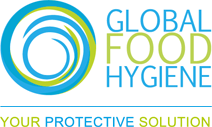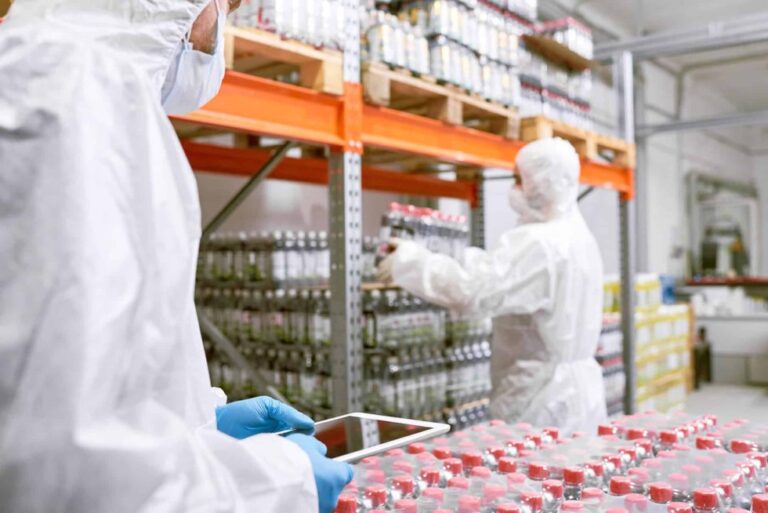What is HACCP?
Skrót HACCP z angielskiego oznacza Hazard Analysis and Critical Control Points System. Ma na celu zadbać o maksymalne bezpieczeństwo pracy związanej w jakikolwiek sposób z żywnością. System wiąże się nie tylko ze zgodami na działalność otrzymywanymi od sanepidu, ale również z procedurami postępowania w różnych sytuacjach czy z odzieżą ochronną pracowników. Audyty HACCP obejmują między innymi kontrolę:
- technical condition of the building and its surroundings,
- separation of appropriate rooms for specific applications (production, social, storage),
- producing, storing and transporting food,
- implementation of good hygiene practices,
- machines and equipment used in the workplace,
- qualifications of employees and their adequate protection by the employer.
The HACCP system is designed to eliminate or minimize all physical, chemical and microbiological hazards that may affect employees or products processed on the premises of a given plant. The system has to be used and controlled all the time – one-off measures are not enough in this case. It regulates in great detail all the requirements related to the building, machines and employees, because it is the compliance with these standards that determines the health and safety of many people – not only those working on the premises of a specific plant, but also those who later purchase products manufactured there. An interesting fact is that the HACCP system was originally commissioned by NASA in order to produce food with an appropriate level of safety for astronauts. Later, a decision was made to adapt this system to the conditions related to food sold in shops, hotels or restaurants.



